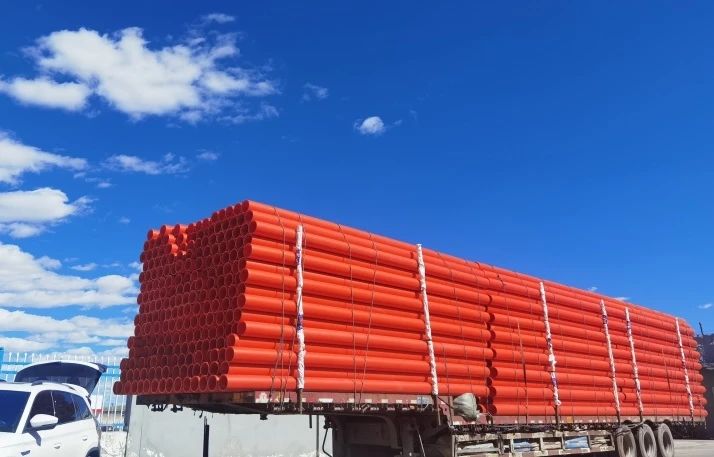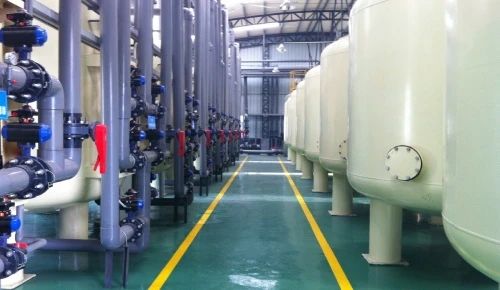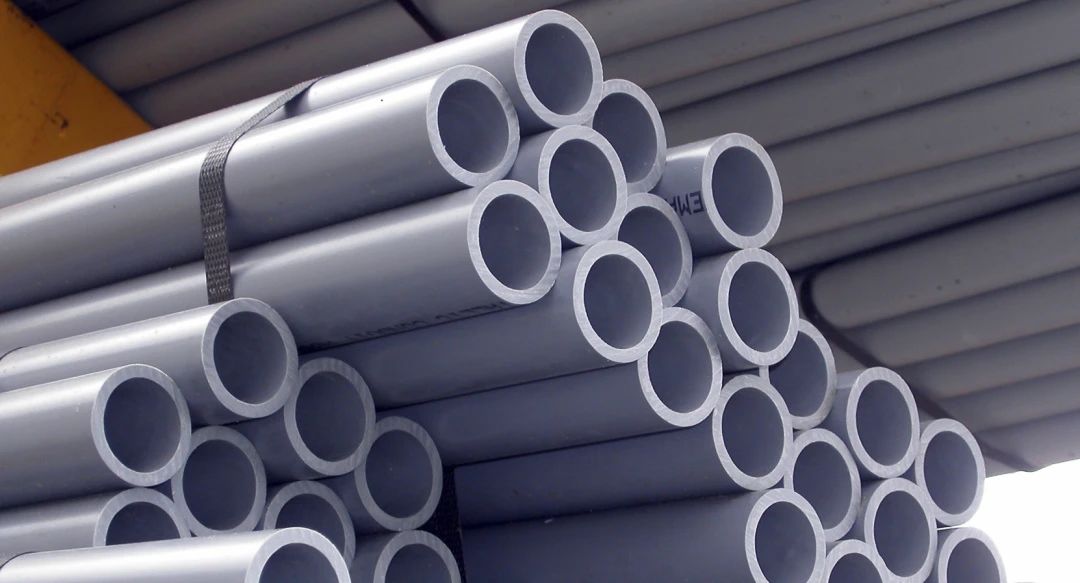2024 / 11 / 22
Why is CPVC Piping More Energy-Efficient than Metal Piping?
In industry, minimizing energy costs is one of the primary ways to increase the bottom line of a company's financial statements. Engineers are always looking for ways to optimize system processes to improve energy efficiency and reduce energy expenses. Choosing the right piping material is crucial for limiting energy loss. CPVC (Chlorinated Polyvinyl Chloride) piping, compared to traditional metal piping, shows significant energy-saving advantages in several aspects.
1、Transportation Phase
In the transportation phase, the weight of CPVC piping is much lower than that of metal piping. For example, according to American data, a 6-inch Schedule 80 CPVC pipe weighs only 6 pounds per foot, while the same specification of steel pipe weighs between 25-29 pounds per foot, which is six times heavier than CPVC. Due to the difference in weight, using transportation trucks and other vehicles to move steel pipes from one place to another will significantly increase fuel consumption. The U.S. Department of Energy estimates that for every additional 100 pounds of weight, fuel consumption will rise by 1-2%. Therefore, CPVC has lower energy consumption during transportation, with a very clear cost advantage.

2、Thermal Conductivity Phase
The thermal resistance value of CPVC piping is much higher than that of metal piping, which means it has a lower efficiency in heat transfer. Engineers optimize system processes by evaluating the thermal conductivity coefficient of the pipes; materials with a low thermal conductivity coefficient can maintain a lower surface temperature when transporting hot fluids. The thermal conductivity coefficient of CPVC is about 1/300 of that of steel, reducing the heat transfer rate by 50-60%. In low or high-temperature environments, metal pipes require additional insulation to maintain the temperature of the liquid, while CPVC can better maintain the required temperature of the transported substance, thereby reducing the energy consumption of cooling or heating devices.

3、Pressure Loss Phase
CPVC pipes also perform better than metal pipes in terms of system pressure loss. The diameter of the pipe and the smoothness of the inner pipe wall are key factors affecting pressure loss. The inner wall of CPVC pipes is smooth and not prone to corrosion, maintaining a smooth pipe wall even when the steam contains irritating chemicals. In contrast, the surface of metal pipes becomes rough after rusting, increasing the resistance when transporting liquids and leading to more energy consumption. The constant smoothness of CPVC pipes, as well as their corrosion resistance and anti-scaling properties, reduce energy consumption.

In summary, CPVC piping has significant energy-saving advantages over metal piping in terms of transportation, thermal resistance, and pressure loss. Choosing CPVC piping helps to minimize energy costs, improve energy efficiency, and promote the sustainable development of enterprises.
You May Be Interested
Breaking 3 Technical Barriers! How Rallychem Redefines Premium PVC Transparent Shrink Film Solutions
2025 / 04 / 23
RL-1116S Polyester Wax: Solve SPC Ultra-Thick Board (6mm) Lubrication Challenges
2025 / 02 / 28
Comprehensive analysis of traditional PVC toughening agent: chlorinated polyethylene (CPE)
2025 / 01 / 26
Analysis of Plasticization Issues in PVC Pipes: Improving Production Quality and Efficiency
2025 / 01 / 26
Optimizing the production process of PVC conduit: improving surface smoothness and product competitiveness
2025 / 01 / 26


Whats App

For Inquiries Please Call
Rallychem Will Be Happy To Assist You!

+86 13456396233


info@rallychem.com

